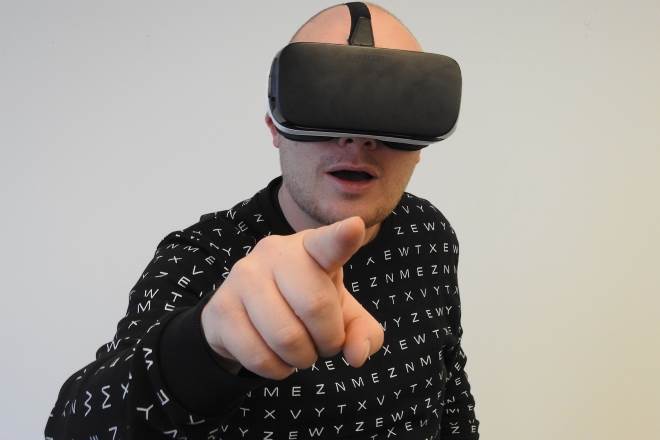Sonic Skin: The Next Frontier in Wearable Tech
In a world where wearable technology is becoming increasingly ubiquitous, a groundbreaking innovation is poised to revolutionize how we interact with our devices. Enter sonic skin, a cutting-edge technology that transforms the human body into a living, breathing interface. This futuristic concept merges the realms of acoustics, haptics, and biotechnology, promising to redefine our relationship with technology in ways we've only dreamed of until now.

The transducers emit precisely controlled ultrasonic pulses, which create air pressure variations on the skin’s surface. These variations stimulate mechanoreceptors in the skin, tricking the brain into perceiving various sensations. By manipulating the frequency, intensity, and pattern of these ultrasonic waves, developers can create a wide range of tactile experiences, from gentle taps to complex textures.
Applications Across Industries
The potential applications for sonic skin technology span numerous industries, each with its own set of exciting possibilities. In the realm of virtual and augmented reality, sonic skin could provide users with a more immersive experience by simulating the sensation of touch in digital environments. Imagine feeling the texture of virtual objects or experiencing the impact of in-game actions on your skin.
In healthcare, sonic skin could revolutionize patient care and rehabilitation. Physical therapists could use the technology to provide targeted sensory feedback, aiding in the recovery of motor skills. For individuals with sensory impairments, sonic skin could offer new ways to perceive and interact with their environment.
The entertainment industry stands to benefit as well. Concert-goers could feel the music pulsing through their bodies in sync with the audio, creating a multi-sensory experience. Gamers could enjoy heightened immersion, feeling every action and reaction in their virtual worlds.
Overcoming Technical Challenges
While the concept of sonic skin is undoubtedly exciting, several technical hurdles must be overcome before it can become a mainstream reality. One of the primary challenges lies in miniaturizing the ultrasonic transducers without compromising their effectiveness. Current prototypes are still bulky and power-hungry, limiting their practicality for everyday use.
Another significant hurdle is achieving precise control over the ultrasonic waves to create realistic and varied sensations. This requires sophisticated algorithms and processing power to interpret user actions and environmental data in real-time, translating them into appropriate tactile feedback.
Power consumption and battery life present additional challenges. The continuous generation of ultrasonic waves demands substantial energy, which could limit the technology’s portability and usability. Researchers are exploring energy harvesting techniques and more efficient power management systems to address this issue.
Ethical Considerations and Privacy Concerns
As with any technology that interfaces directly with the human body, sonic skin raises important ethical questions and privacy concerns. The ability to manipulate sensory perception could be misused, potentially leading to psychological manipulation or even physical harm if not properly regulated.
Privacy advocates worry about the potential for sonic skin to collect sensitive biometric data, such as heart rate, skin conductivity, and stress levels. Safeguarding this information from unauthorized access or misuse will be crucial in gaining public trust and acceptance of the technology.
The Road Ahead: Integration and Adoption
Despite the challenges, many tech industry experts believe that sonic skin technology could hit the consumer market within the next five to ten years. Early adopters are likely to be found in specialized fields such as medical rehabilitation, professional gaming, and high-end entertainment experiences.
As the technology matures and becomes more affordable, we can expect to see it integrated into everyday wearables like smartwatches and fitness trackers. The potential for sonic skin to enhance accessibility for individuals with disabilities is particularly promising, potentially opening up new avenues for interaction and communication.
The estimated price range for early consumer-grade sonic skin devices is expected to be between $500 to $1,500, depending on the complexity and range of sensations offered. As with most emerging technologies, these costs are likely to decrease as production scales up and the technology becomes more widespread.
In conclusion, sonic skin represents a fascinating leap forward in human-computer interaction. By bridging the gap between digital information and physical sensation, this technology has the potential to transform how we experience and interact with the world around us. As researchers continue to refine the technology and overcome its current limitations, we stand on the brink of a new era in wearable tech—one where our very skin becomes a canvas for digital experiences.





